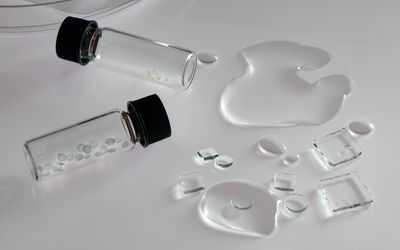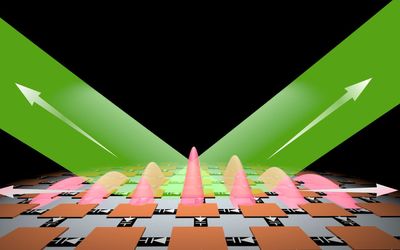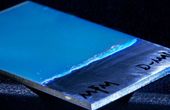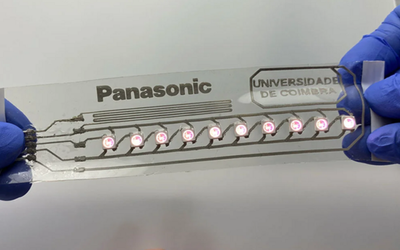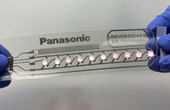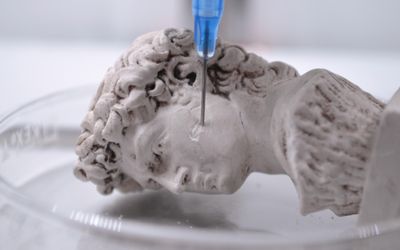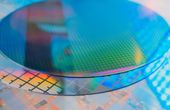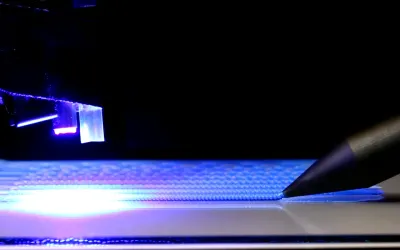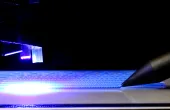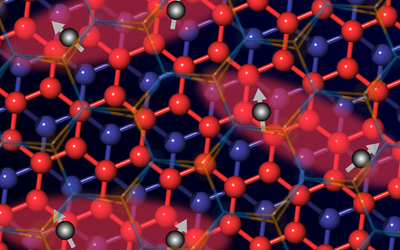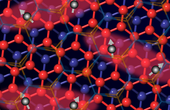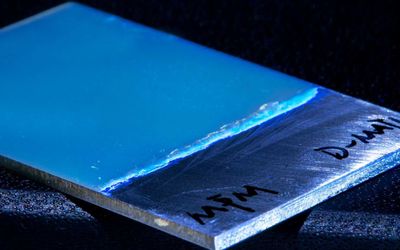Tagged with
Materials
ORGANIZATIONS. SHAPING THE INDUSTRY.
The Next Byte
Entertainment
The Next Byte Podcast is hosted by two young engineers - Daniel and Farbod - who select the most interesting tech/engineering cont...
165 Posts
ETH Zurich
University for science and technology
Freedom and individual responsibility, entrepreneurial spirit and open-min...
43 Posts
View more
Latest Posts
Photonic time crystals, whose properties change periodically, promise significant advances in microwave technology, optics and photonics. Researchers at the Karlsruhe Institute of Technology (KIT), together with partners at Aalto University and Stanford University, have now produced a two-dimensional photonic time crystal for the first time and demonstrated important applications.
In this episode we talk about how researchers at EPFL have developed a new method of 3D printing bone-like composites using bacteria-infused ink. The process involves the use of hydrogel as a printing medium that provides a scaffold for bacterial growth, which produces calcium carbonate crystals that mimic the properties of bone.
The beauty of additive manufacturing is in the flexibility these technologies provide in terms of scale, shape, and materials. Building know-how on software has allowed Caracol to leverage these skills and adapt them to working with robotics for LFAM on different processes - from its proprietary thermoplastic/composite pellet extrusion Heron AM to introducing Metal with WAAM.






